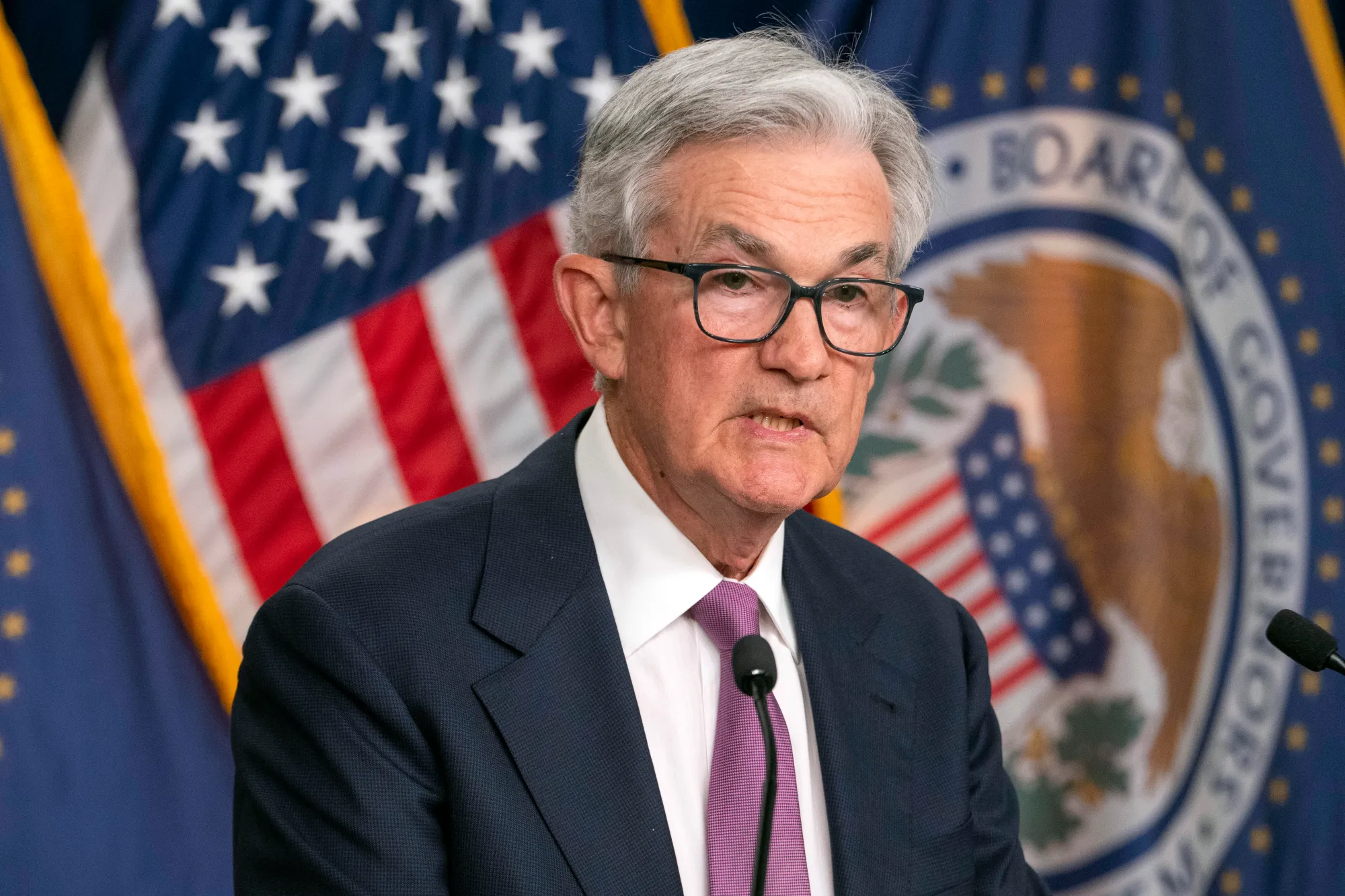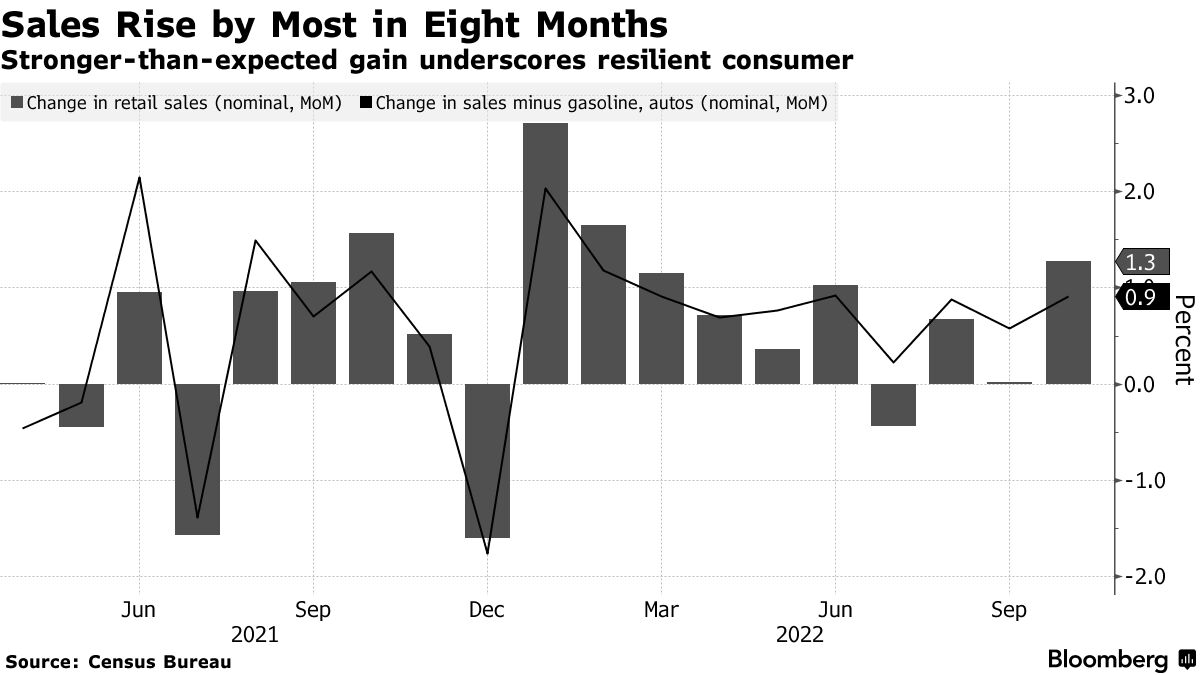The Federal Reserve has raised its in a single day financial institution lending fee for the 11th time in 17 months as a part of its competitive marketing campaign to fight inflation. The move may impact various consumer rates, leading to potential benefits and drawbacks for individuals. The central bank’s efforts to beat down inflation have shown some progress, but the inflation figures still exceed the Fed’s 2% target, suggesting further rate increases may be on the horizon.
Upside: Savings Opportunities
One positive outcome of the Fed’s latest rate hike is the potential for better savings opportunities. While the national average savings account rate remains low at 0.52%, individuals can find more attractive rates of up to 5% in online high-yield savings accounts at FDIC-insured banks. Additionally, investing in a certificate of deposit (CD) can offer higher rates, with some one-year CDs paying well over 5%. Savvy savers can take advantage of these opportunities to earn more from their money.
Downside: Credit Card Rates
The downside of the Fed’s rate hike is the impact on credit card rates. As Fed rates increase, credit card rates tend to follow suit. Consequently, average credit card interest rates have reached around 20-year highs, with some rates surpassing 22%. For those carrying balances on their cards, the higher interest rates can lead to increased financial burden and longer repayment periods. Individuals with credit card debt should focus on paying off their balances as rates may continue to rise.
Cost of Financing and Borrowing Against Homes
The cost of home-related financial moves has steadily risen due to increasing rates. Mortgage rates, which are not directly tied to the Fed’s overnight lending rate but track the yield on the 10-year US Treasury note, have increased compared to last year. For example, someone taking out a 30-year fixed-rate mortgage today may pay an extra $281 per month compared to a year ago. To protect against future rate hikes, potential home buyers should consider locking in the lowest fixed rate available to them if they can afford it. Home equity loans and lines of credit, directly tied to the Fed’s moves, have also seen higher rates, averaging around 8.47% and 8.58% respectively. Individuals with existing home equity lines of credit can inquire about fixing the rate on their outstanding balance or explore refinancing options to secure a lower promotional rate.
Conclusion:
The Federal Reserve ‘s latest interest rate hike can impact consumers in various ways. Savvy savers can find better savings opportunities in high-yield accounts and CDs, while those with credit card debt may face higher interest rates. Homebuyers and homeowners may encounter increased costs related to mortgage rates and home equity loans. Understanding the implications of the rate hike can help individuals make informed financial decisions to navigate these changing economic conditions.










